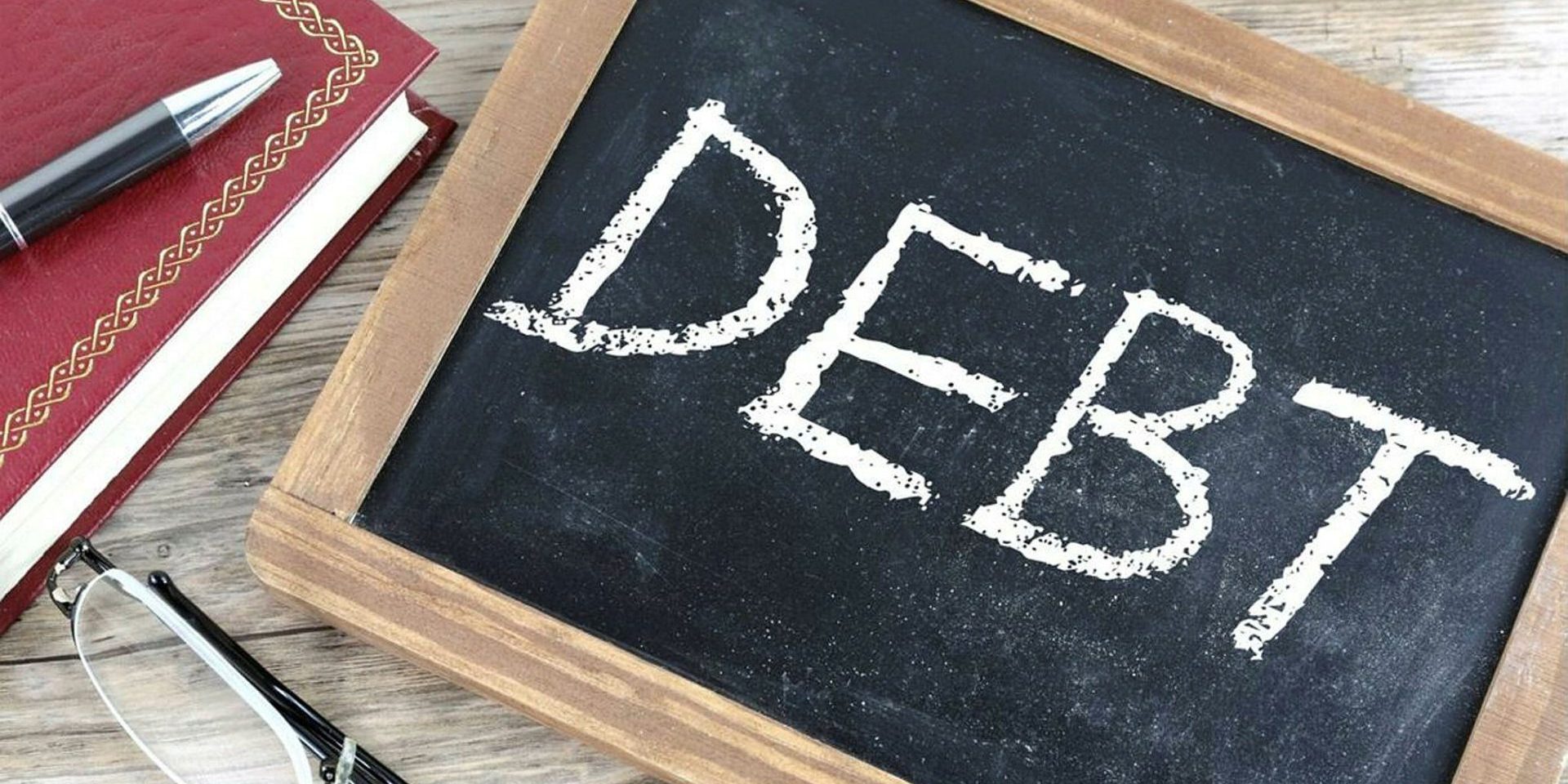Month after month, licensed insolvency trustees across the country continue to see Canadians struggling to pay bills. This is reflected in the recently released April 2023 insolvency numbers showing the total number of insolvencies filed this April being 21.3 per cent higher than the total number of insolvencies filed in April 2022. Consumer insolvencies increased by 20.9 per cent, while business insolvencies increased by 33.3 per cent. Recent reports show 75 per cent of overall consumer debt in Canada comes from mortgage debt, while non-mortgage debt levels continue to climb.There is a significant rise in millennials accruing debt, which can be attributed to more reliance on credit cards. Millennials are now 1.4 times more likely to file for insolvency than those aged 42-56, and 1.7 times more likely than those aged 57-76. While they are typically less likely to have mortgage debt, this demographic’s average debt has climbed to $47,283 in unsecured debt. There has been an increase with senior citizens looking into debt relief options. Many reasons include increased debt brought on from medical expenses, helping their adult children pay bills, and loss of a loved one. Some 60 per cent of Canadians are now saying they plan on delaying retirement due to cost of living, and 23 per cent of Canadians are pointing fingers at the pandemic as a primary reason for this. Compare that to the United States, where only one per cent of citizens are saying the pandemic has affected their retirement fund.Canadians have been stuck in a loop where prices continue to rise. With the same amount of money coming in, and more money going towards bills every month, many Canadians have reduced or annihilated their savings. Think about your own situation: do you have enough money put aside if your water tank were to break? How about if you needed to replace your cars transmission? Do you have enough to pay your bills for three to six months if you were to lose your job? If you don’t, it is likely that in the case of an emergency you will be relying on credit which in the long-run will cost you more in interest and fees. What if, on top of no emergency savings, you have accumulated debt and required to make payments to your creditors? Broken car transmission may “break your back.” It may be that you have found yourself in the state of insolvency.So what are the signs to look for if you think you may be insolvent? Ask yourself these questions:















